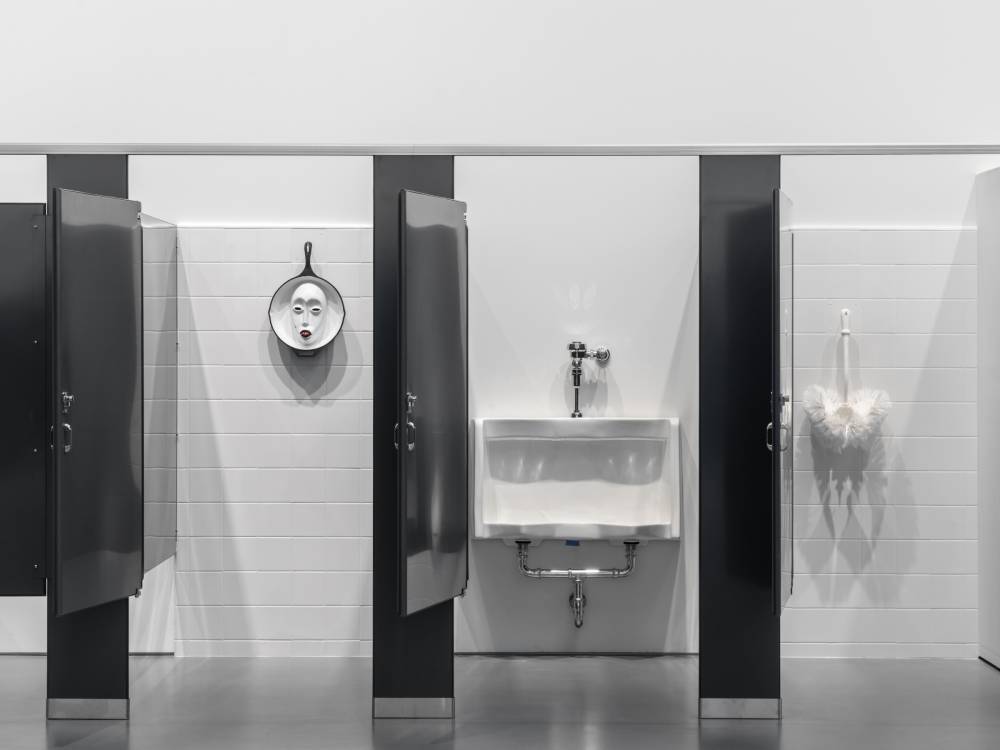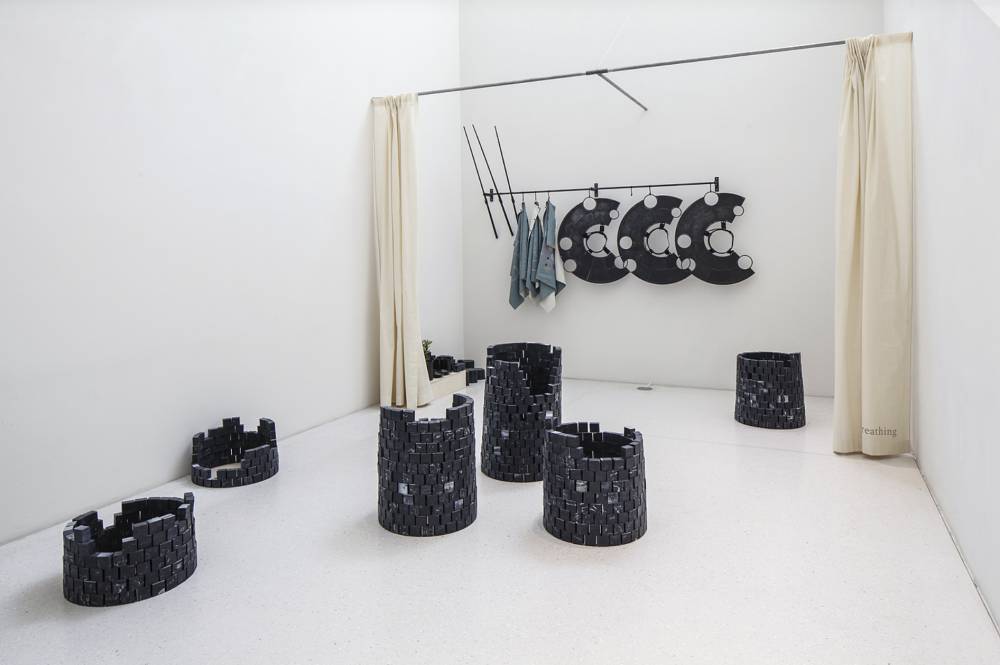A journal for storytelling, arguments, and discovery through tangential conversations.
Wednesday, October 29, 2025
|
Aidan Chisholm
Urine is to be flushed and forgotten, concealed through elaborate infrastructures that buttress modernist fantasies of the human body as a sealed-off and self-contained vessel untainted by waste. And yet in the disavowal of the messy by-products of embodiment, these very systems attest to the transgressive threat of bodily fluids, which expose the ultimate limitations of control.
Urination—like defecation, perspiration, regurgitation, ejaculation, and lactation among other subtle and less subtle mechanisms of release—constitutes a mundane performance of corporeal porosity. Breaching the illusory boundary of the skin, urine evokes the necessarily dynamic constituency of ecologically enmeshed bodies. The slippery ontological status and the unruly materiality of urine render the substance particularly ripe for artistic inquiry.

Thursday, October 2, 2025
|
Aidan Chisholm
There is no such thing as a “neutral” public restroom. From tiles to stalls, even the most seemingly banal components of these spaces are, in fact, charged technologies of social regulation. The white ceramic grids that line so many restroom walls are not merely about cleanliness, but also control. And stalls—those flimsy off-the-ground enclosures—promise privacy while delivering surveillance against the backdrop of normative whiteness.
The public restroom as we know it in Canada and the United States is the living legacy of nineteenth-century sanitary reforms in Europe. When outbreaks of cholera and tuberculosis fueled anxieties of contamination, reformers championed architecture itself as a tool of hygiene. Sweeping infrastructures were enacted to control excrement, with elaborate networks of pipes constructed to carry waste out of sight (out of mind) with just a quick flush. The prototypical modern bathroom, as the writer Mark Wigley puts it, was “a healthy and health-giving interior whose whiteness countered, revealed, and accentuated the perceived darkness of interiors, dirt, soot, excrement, polluted water, vermin, the dirty skin of workers, poverty itself, and industrialization.” White surfaces became the standard of sanitary spaces, following the logic that such unadorned materials rendered filth easy to detect and eradicate, all to keep up a pristine facade. At the behest of architects like Le Corbusier, Adolf Loos, and Hermann Muthesius, whiteness itself was soon synonymous with hygiene as a moral construct, geared towards reinforcing established social hierarchies.

Monday, April 14, 2025
|
Aidan Chisholm
Soap: the most quotidien of the quotidien; also, a nearly 120 billion USD global industry playing both to aspirational consumerism and anxieties of contamination as a reminder of the messiness of our mortal bodies; also, a crystallization of hygiene as a category far exceeding health-related concerns as a phenomenon tied to constructs of race, class, gender, and sexuality; also, art.
Soap has appeared as a motif throughout art history—from seventeenth-century Dutch oil painting to twentieth-century Surrealist photography—yet the past three decades have marked a shift from the visual representation to the direct incorporation of soap in installations charged with familiar sensory resonance. Though rife with symbolism, soap far exceeds metaphor as a tactile, aromatic medium that confronts the ontological object-ness of the precious artwork. Whether defamiliarizing soap or reveling in its familiarity, artists across contexts approach the substance through distinct tactics, yet with shared attention to materiality. As a prop implicated in the physical and ideological maintenance of the illusory boundary of the skin, soap confronts the politics of purity. Materially, while also symbolically, soap enables artists to question prevailing fantasies of the discrete, sealed-off human body without playing into the identity politics of figurative representation.
